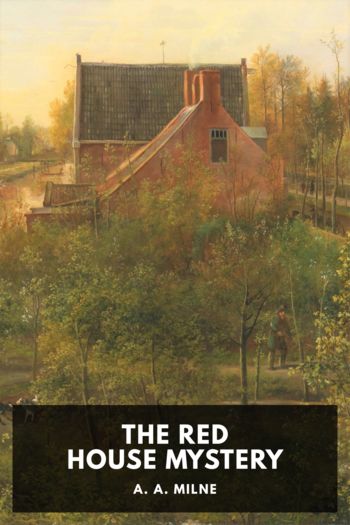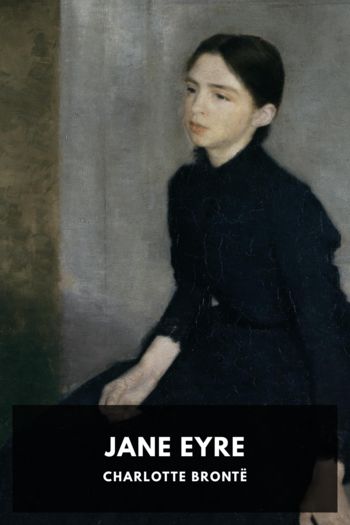Genre Other. Page - 291

Description
After a ferry accident on San Francisco Bay, literary critic Humphrey Van Weyden is swept out to sea only to be rescued by the seal-hunting schooner Ghost. Wolf Larsen, the captain of the Ghost, is brutal and cynical but also highly intelligent, and he has no intention of returning Van Weyden to shore. Van Weyden is forced to serve on the Ghost, leaving behind his comfortable world ashore and entering into a psychological battle with Larsen on the sea.
Jack London wrote The Sea-Wolf in 1904 following the success of his previous novel The Call of the Wild, and it has gone on to become one of his most popular novels. London actually served on a sealing schooner during his early career and that experience lends a gritty realism to his depiction of life at sea. The book can be read as a psychological thriller and adventure novel, but can also be read as a criticism of Nietzsche’s Übermensch philosophy with Wolf Larsen embodying a “superman” lacking conventional morality.

Description
Fyodor Sologub was a Russian poet, novelist and playwright, working in the late nineteenth and early twentieth centuries. His work generally has a downcast outlook with recurring mystical elements, and often uses anthropomorphic objects or fantastical situations to comment on human behaviour. As well as novels (including the critically acclaimed The Little Demon), Sologub wrote over five hundred short stories, ranging in length from half-page fables to nearly novella-length tales.
While most of his short stories were not contemporaneously translated, both John Cournos and Stephen Graham produced English compilations and contributed individual stories to publications such as The Russian Review and The Egoist. This collection comprises the best individual English translations in the public domain of Sologub’s short stories, presented in chronological order of the publication of their translation.

Description
This sequel to The Stars Are Ours! was first published in 1957 by the World Publishing Company. It continues the tale of the humans who escaped an anti-intellectual Earth and founded a colony on Astra, a planet across the galaxy. Astra has a vibrant, intelligent species, as well as the ruins of a much older civilization.
Norton weaves two stories together by alternating points of view with each chapter. We follow a 4th generation colonist, as well as a mechanic-pilot newly arrived on Astra as a member of a research mission from a recently revived Earth.
Each is on a journey of discovery, and they find themselves allied with opposing sides of an ongoing war between two intelligent, indigenous species.

Description
In Little Lord Fauntleroy, an American boy named Cedric is transported from the impoverished streets of New York City to the grandeur of his ancestral home, Dorincourt Castle. Here he learns how to become an English aristocrat from the Earl of Dorincourt, his cold and cynical grandfather.
Frances Hodgson Burnett published this, her first children’s story, in St. Nicholas Magazine in 1885. Because of the story’s popularity, a year later, it was published as an illustrated novel to be sold around the world and translated to 20 different languages.

Description
The Red House Mystery is a detective novel by A. A. Milne, better known for his children’s writing, who wrote this book for his father in 1922. It is his only mystery novel and was very popular at the time.
Mark Ablett is the amiable host of a country-house party to which his estranged brother, Robert, arrives from Australia. Robert is the black sheep of the family who is said to have borrowed money in the past and had written to warn of his visit. One afternoon a gunshot is heard, and Robert is found shot in the head while locked in the library, while his brother Mark has vanished. Tony Gillingham, who has arrived to visit Bill Beverley, one of the guests at the house-party, takes it upon himself to investigate the death. Together Tony and Bill form a Holmes and Watson partnership and seek to solve the mystery in an unorthodox manner, taking over from a bumbling police force.
The Red House Mystery has divided opinion on its literary merit but it remains an entertaining and intriguing read nonetheless.

Description
Jane Eyre experienced abuse at a young age, not only from her aunt—who raised her after both her parents died—but also from the headmaster of Lowood Institution, where she is sent away to. After ten years of living and teaching at Lowood Jane decides she is ready to see more of the world and takes a position as a governess at Thornfield Hall. Jane later meets the mysterious master of Thornfield Hall, Mr. Rochester, and becomes drawn to him.
Charlotte Brontë published Jane Eyre: An Autobiography on October 16th 1847 using the pen name “Currer Bell.” The novel is known for revolutionizing prose fiction, and is considered to be ahead of its time because of how it deals with topics of class, religion, and feminism.

Description
Stanley Weinbaum’s The Dark Other was first written sometime in the 1920’s under the name The Mad Brain. The manuscript went unpublished until 1950, where it was posthumously released with edits by Forrest J. Ackerman.
Patricia Lane is a spirited young woman, in the midst of a passionate relationship with Nicholas Devine, a writer with a fascination with horror. When he starts to show bizarre personality shifts, she turns to her neighbor, a talented psychologist, to discover the source of these outbursts.

Description
Surprisingly timeless and under the guise of “Christian Mysticism,” Underhill describes in 1914 what could rightly be called “secular mindfulness” today. Evelyn Underhill doesn’t use much Christian terminology, instead preferring to use words that may be considered “new age.” If one can get past the terminology, the “Practical Mysticism” allows anyone to explore the mystical aspects of their own worldview without necessarily betraying their prior deeply-held beliefs.
Practical Mysticism is not a guidebook for mystical practice, though it does provide some tips along the way. What it does give is an introduction and apology for the sufficiently motivated; those that see (or want to see) the world in a different way.

Description
An ancient Roman hilltop fort proves an irresistible draw to Lucian Taylor, but what awaits at the top isn’t just a view of the surrounding Welsh landscape but a bacchal experience his young soul isn’t ready for. This experience sets his path as he attempts to transcribe his increasingly elaborate visions into the perfect book; the book that will actually mean something more than the banal novels he sees the publishing houses push out.
The Hill of Dreams is a semi-autobiographical work, with Arthur Machen following a similar physical journey to the novel: a childhood in rural Wales followed by attempts to become an author in London. Machen was inspired by a review of Tristram Shandy that described it as “a picaresque of the mind,” and determined to write “a Robinson Crusoe of the soul.” The protagonist’s isolation from the rest of society certainly resonates with that description.
Machen wrote this ten years earlier than its original 1907 publication, it having been turned down by the publishers of the time. While it was mostly ignored on its initial release, it has picked up admirers over the years and is now viewed as one of Machen’s most important works.

Description
Anne of Green Gables established the career of Canadian writer Lucy Maude Montgomery. When Matthew Cuthbert sends away for an orphan boy to help on his farm, he is surprised to instead meet the captivatingly imaginative Anne Shirley. What ensues is one of the most enduringly popular coming-of-age stories, bringing the pastoral beauty of Prince Edward Island to the world.